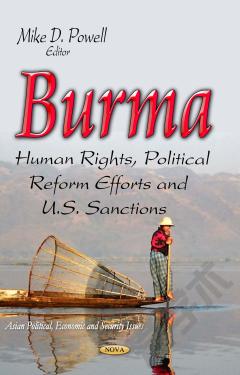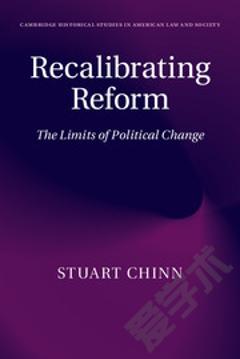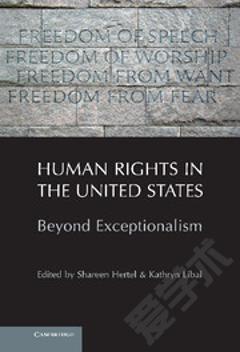Burma: Human Rights, Political Reform Efforts and U.S. Sanctions
An accurate and objective assessment of the status of human rights, civil unrest, and political reform in Burma is critical to congressional oversight of the Obama Administration’s conduct of U.S. policy towards the country, as well as any congressional examination of U.S. policy towards Burma. The Obama Administration and many other observers have focused their analysis on the apparent progress that has been made since Burma’s military junta transferred power to a new, quasi-civilian government in 2011. These analyses highlight the country’s political reforms and human rights improvements, while acknowledging that the situation remains fragile and reversible. This book examines the current situation in Burma from the implicit perspective shaped by U.S. laws setting policy toward Burma, and discusses the challenges of responding to reforms in a nation in political transition which has gone only part way to dealing with human rights abuses. In general, these laws establish a set of standards or thresholds to achieve before the sanctions are lifted and bilateral relations are normalized. Based on the criteria enumerated in these laws, this book reviews: (1) prospects for an end to internal inter-ethnic conflict and national reconciliation, which appear slim in the short-run; (2) the critical political forces in Burma, which do not currently share a common vision or path towards a democratic civilian government; and (3) the ongoing problem of human rights abuses in Burma.
{{comment.content}}








 京公网安备 11010802027623号
京公网安备 11010802027623号